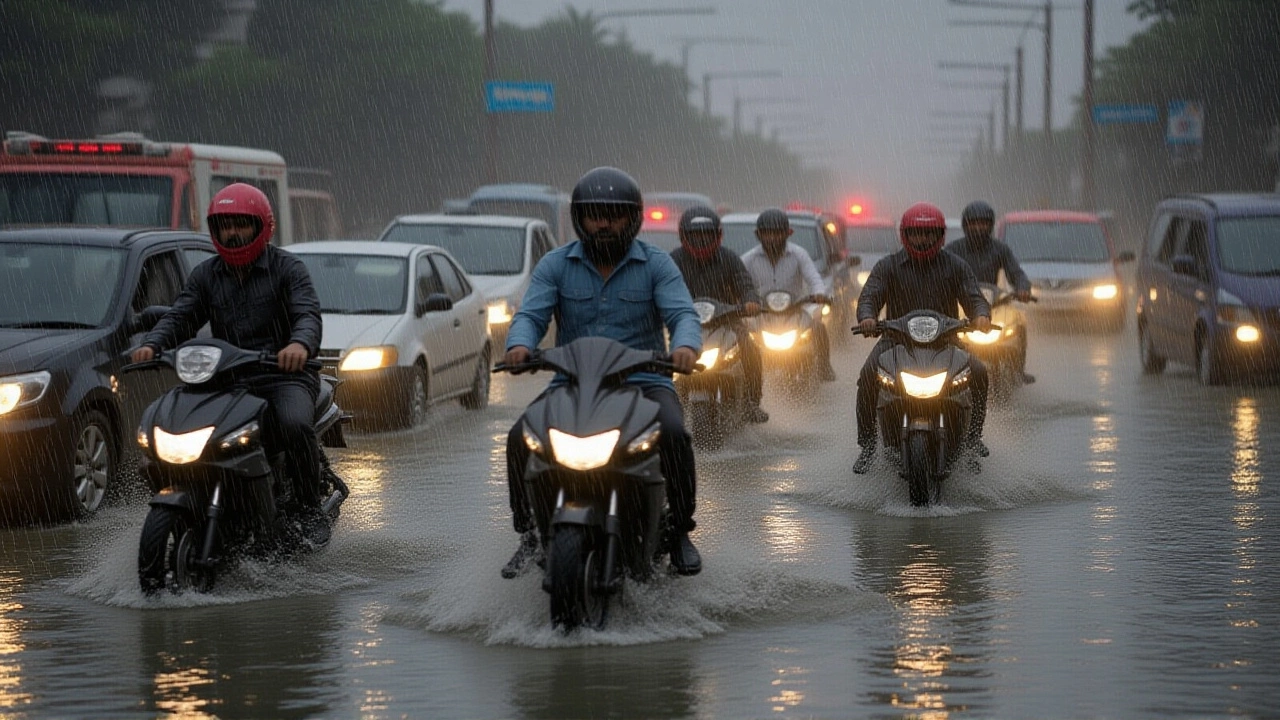Western Disturbance
When you hear about Western Disturbance, a fast‑moving weather system that forms over the Mediterranean and travels eastward into the Indian subcontinent. Also known as Westerly Disturbance, it brings sudden rain, snow and temperature drops to the northern plains during winter. The disturbance rides on the Jet Stream, a high‑altitude wind corridor that steers it toward the Himalayas. As the jet stream pushes the system, the Monsoon, which normally dominates the summer months, slows down and creates a pressure contrast that helps the disturbance retain its strength. Understanding how these three pieces—Western Disturbance, Jet Stream, and Monsoon—interact is the first step to predicting winter weather in North India. The Western Disturbance is not just a meteorological curiosity; it can decide whether a farmer gets a crucial water boost or faces a chilling frost.
How Low Pressure Systems Shape the Impact
Every Western Disturbance carries a Low Pressure System, the core engine that draws moist air from the Arabian Sea and the Bay of Bengal. When this low sits over the Himalayas, it forces air to rise, cool, and condense, which translates into rain in Punjab, snowfall in Kashmir, and sleet in the foothills. These precipitation events are tightly linked to temperature drops of 5‑10 °C, especially in December and January. The resulting moisture not only replenishes groundwater but also drives the early sowing of rabi crops such as wheat and barley. On the flip side, a weak or delayed low pressure center can leave the region dry, forcing farmers to rely on irrigation. The relationship between the low pressure center, rainfall, and temperature is a classic cause‑effect chain: a strong low yields heavy rain, which in turn pulls down night temperatures, creating a frost‑risk scenario for tender seedlings. This chain is why weather bureaus monitor the low pressure structure closely and issue alerts for farmers, pilots, and commuters alike.
All these pieces—jet‑stream steering, monsoon interaction, low‑pressure dynamics, and the resulting rain or snow—form a web that decides whether a winter is mild or harsh in North India. Below you’ll find a range of posts that break down the science, share real‑world forecasts, and discuss how the disturbance influences agriculture, travel, and daily life. Whether you’re a student, a farmer, or just someone curious about why the sky turns grey in December, the articles ahead will give you practical insights and up‑to‑date information on this fascinating weather phenomenon.

6
Oct
IMD warns of heavy rainfall across eastern and central India, with Delhi hit by wet spell on Oct 5‑6 as a western disturbance and Cyclone Shakti stir gusty winds and cooler temps.
Read More
